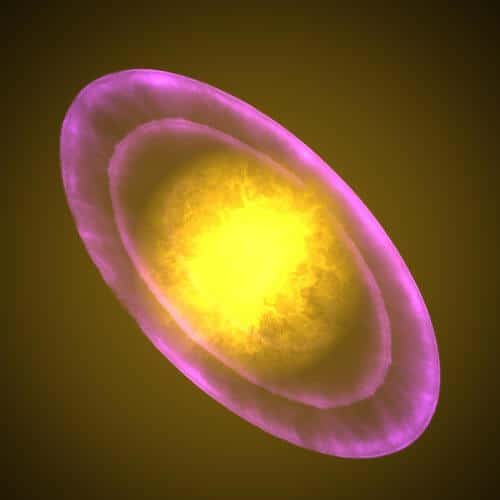"Shortly after the event, supernova explosions are so energetic that the most important information can only be gathered at short wavelengths, which can only be seen with a space telescope, because the Earth's atmosphere filters out the ultraviolet wavelengths." Prof. Avishai Gal Yam says

Astrophysicists use Type Ia supernovae (exploding stars) to measure distances in the universe. But how can one characterize the differences between all those distant explosions? To answer this question, one must understand what causes a star to explode. A joint study carried out by scientists from the Weizmann Institute of Science and scientists from the California Institute of Technology, the results of which were recently published in the scientific journal Nature, yielded new insights in this field.
A robotic telescope system, located in Southern California, scans the night sky in search of changes in the universe. On the other side of the world, at the Weizmann Institute of Science, Dr. Ilan Shagib recognized that one of the new flashing lights detected by the Californian telescope is indeed a supernova, about four days after it exploded. Dr. Shagiv issued an immediate warning about the discovery, and following it "Swift", NASA's observation satellite, was directed, so that it would be possible to witness the explosion. The telescope on this satellite picks up radiation in the ultraviolet range, which is invisible to the human eye.
"The use of ultraviolet is necessary," says Prof. Avishai Gal-Yam, from the Department of Particle Physics and Astrophysics at the Weizmann Institute of Science. "Shortly after the event, supernova explosions are so energetic that the most important information can only be gathered at short wavelengths, which can only be seen with a space telescope, because the Earth's atmosphere filters out the ultraviolet wavelengths."
As part of the joint project, the scientists collected data on energetic X-rays, ultraviolet radiation and radio waves - led by Dr. Assaf Horesh from the Weizmann Institute of Science. Research student Yi Cao, from the California Institute of Technology, who led the study, and Prof. Shri Kulkarni, who directed it, compared the data collected in the observations to different models, to find a model that would be able to explain the phenomenon. Although there is widespread agreement among astrophysicists, that exploding stars, with which distances are measured, are actually old, compact stars called white dwarfs, but until now scientists have not agreed on the appropriate model to explain what causes the explosion of those stars.
Ultraviolet observations allowed scientists to witness a sight they had not seen before: a sharp and extremely brief increase in high-energy radiation at a very early stage. "This increase," says Prof. Gal-Yam, "fits a model in which a dwarf star has a giant 'companion' orbiting around it. The white dwarf (future supernova) can be compared to the mass of the Sun compressed into a sphere the size of the Earth, while its 'companion' is approximately 50 to 100 times larger than the Sun. Matter is transferred from the large star to the small, compressed star, until at some point the pressure of the added mass causes the small star to explode. The sharp increase in the level of radiation is caused by the collision of the material that was blown away in the explosion in the 'Malwa' star."
Prof. Gal-Yam explains that these findings illustrate, among other things, the importance of observations in the ultraviolet range. He hopes that the tiny ULTRASAT satellite - which is being designed by a team at the Weizmann Institute of Science led by Prof. Eli Waxman, in collaboration with the Israeli Space Agency, NASA, and other scientists, and which is designed for observations of ultraviolet radiation - will help to understand whether this process is common in supernovae that are used to measure distances in the universe.

2 תגובות
"Ultraviolet observations allowed scientists to witness a sight they had not seen before: a sharp and extremely short increase in high-energy radiation at a very early stage"
Something doesn't add up to me, it says here that the observation took place 4 days after the star exploded, was it only after four days that the energy pulse was created? Or does the pulse itself actually last 4 days? (It's a shame that there is no explanation of what a "sharp and extremely short increase" is, seconds? minutes? hours? days? Why should the readers guess this)
Beautiful. Waypoints like in army navigation like beacons. Like a GPS system.